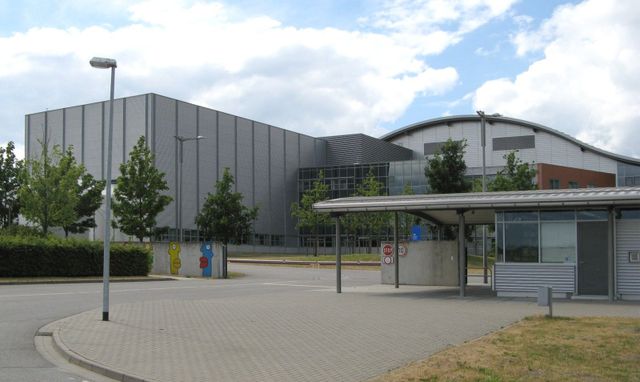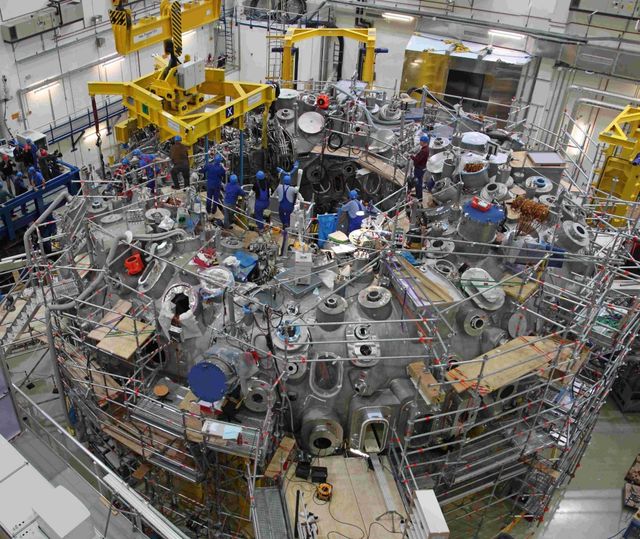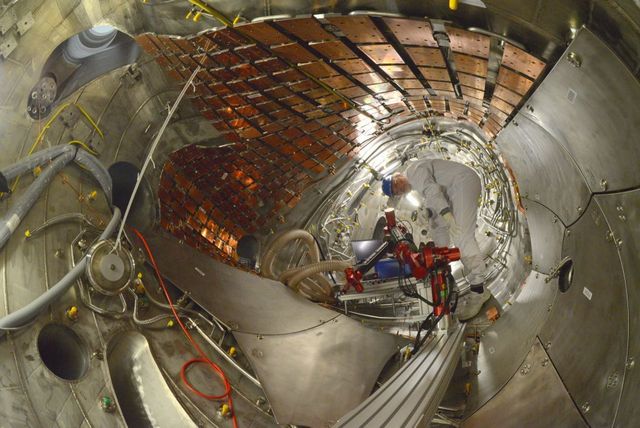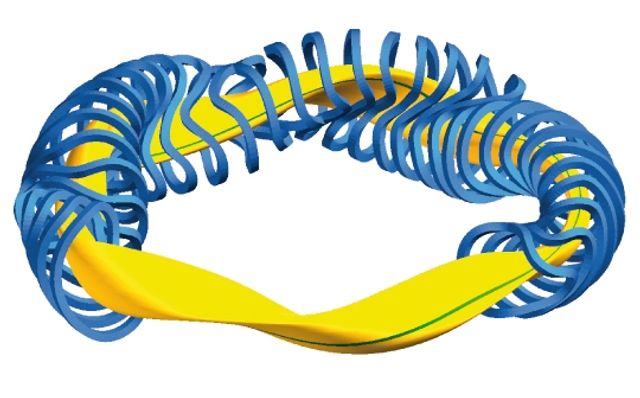Patrick Martin
The appearance of the Republican presidential candidates Thursday night in Houston, Texas was described by CNN as a debate. But there was no actual debating, in the sense of a discussion of issues or the offering of contrasting political programs. Instead, viewers were confronted with a repulsive display of the degraded state of official politics in the United States.
The three leading candidates—billionaire demagogue Donald Trump, Senator Marco Rubio of Florida, and Senator Ted Cruz of Texas—engaged in a barrage of name-calling, mudslinging, insinuation and insult that marked a new low in an already dismal series of such political freak shows.
Rubio set the tone with a series of prepared attacks on Trump’s business career, baiting him as an employer who hired illegal immigrants despite the real estate mogul’s current posture as the arch-hater of immigrants. (Trump advocates deporting 11 million undocumented immigrants). None of the candidates criticized Trump’s fascistic proposals to bar Muslims from entering the US or his support for waterboarding and other forms of torture.
Trump responded in kind, insult for insult, and generally fell back on boasting of his personal wealth as the ultimate answer to all criticism. From there, the “debate” descended even further into the realm of reality television, with simulated rage, threats and bombast pitched to the most backward and demoralized elements in American society.
Not only the candidates, but the CNN moderator, the reactionary pro-war hack Wolf Blitzer, and the audience, which responded to the verbal brawl with shrieks and catcalls, contributed to the demeaning spectacle.
American bourgeois politics has never been particularly edifying. However, Thursday’s spectacle marked a new low, a fact that was acknowledged even by some veteran media commentators. Bob Schieffer of CBS observed, “I thought things couldn’t get lower than they’d already reached in this campaign. I mean, the political discourse, but last night it went even below where I thought it could possibly go. I mean, no discussion of the issues, but people arguing, screaming, hollering. It was like kids out behind the barn rather than a political debate.”
The degraded character of Thursday’s event did not stop the media from treating it seriously afterwards, hailing Rubio’s performance as a stunning political comeback. This was a prearranged narrative. The Republican Party establishment is belatedly trying to check Trump’s momentum after his surge to frontrunner status, winning three of the first four contests and leading in most polls for 15 more statewide primaries and caucuses in the coming week.
Senator Lindsey Graham, who pulled out of the presidential race in the fall after failing to attract support in the polls, told a charity fundraising event in Washington Thursday night that Trump’s lead in the primaries and polling meant, “My party has gone batshit crazy.”
But the endorsement of Trump Friday by New Jersey Governor Chris Christie, who dropped out of the presidential campaign just over two weeks ago, is a signal that the “Stop Trump” movement is getting little traction. Trump is expected to sweep the Super Tuesday contests and is now favored to clinch the nomination before the end of March.
The level of discourse continued downwards in the 24 hours after the debate. Rubio accused Trump of being a “con artist” and suggested that he had wet his pants during the debate. Trump called Rubio a “nervous Nellie,” a “lightweight” and a “choker.”
Trump also threatened the media at a press conference, declaring that if he became president, “I’m going to open up our libel laws so when they write purposely negative and horrible and false articles, we can sue them and win lots of money… So that when the New York Times writes a hit piece, which is a total disgrace, or when the Washington Post, which is there for other reasons, writes a hit piece, we can sue them and win money…”
One of the three, Trump, Rubio or Cruz, will likely become the Republican presidential nominee and potentially the next US president. The background of each of these individuals testifies to the decline in the caliber, even by American political standards, of the personnel advanced by the US corporate-financial elite to fill its most important government position.
Trump is, as he endlessly proclaims, a billionaire, who made his fortune servicing the personal needs of the wealthy through hotels, luxury apartments, resorts and casinos. After a series of financial near-disasters, including four corporate bankruptcies, he cemented his position, both monetarily and as a celebrity, through “The Apprentice” and “Celebrity Apprentice” reality TV programs, in which Trump as CEO hired high-level assistants from a list of applicants. It was there that he perfected the bullying, blowhard persona that is currently on display at campaign rallies and debates.
Cruz and Rubio are both first-generation Cuban-Americans who took slightly different paths. Rubio graduated from the University of Miami law school and went straight into local Republican politics, dominated by the fascistic anti-Castro exile milieu. He moved up from city commissioner to state representative before being chosen as House Speaker under then-Governor Jeb Bush.
Cruz came from a Texas milieu of ultra-right Christian fundamentalism and went straight to the highest levels of the Republican Party in Washington. After graduating from Harvard Law School, he clerked for Chief Justice William Rehnquist before working on the House Republican effort to impeach President Bill Clinton. Soon after, he participated in the Bush campaign’s efforts to halt vote-counting in Florida in the 2000 elections, which led to the Supreme Court’s notorious Bush v. Gore decision handing the White House to the loser of the popular vote. Denied a leading position in the Bush administration, he moved back to Texas to become solicitor general.
Both Rubio in 2010 and Cruz in 2012 were elected to the US Senate as challengers to the candidates favored by the Republican Party establishment. Both had the backing of the ultra-right Tea Party faction. The two first-term senators began planning presidential bids almost as soon as they arrived in Washington DC. They have each raised tens of millions in campaign funds from hedge fund investors and other billionaires.
Even by the meager standards of American two-party politics, the 2016 presidential campaign has been a demonstration of the staggering decay in the intellectual and moral level of the political representatives of the American ruling elite. This is true of the Democrats as well as the Republicans, although it takes somewhat different forms given the different roles the rival parties play in manipulating popular sentiments and allowing a narrow financial aristocracy to rule over a complex mass society of more than 330 million people.
The process has gone furthest in the Republican Party, which over the past four decades has become the main repository for what is most foul, bigoted and backward in American life. This was acknowledged in a remarkable column published in the Washington Post Friday by Robert Kagan, the neoconservative who was one of the leading apologists for the 2003 invasion of Iraq and the war crimes committed by the Bush administration. Kagan now declares that “the only choice will be to vote for Hillary Clinton.”
“Trump is no fluke,” Kagan writes. “Nor is he hijacking the Republican Party or the conservative movement, if there is such a thing. He is, rather, the party’s creation, its Frankenstein’s monster, brought to life by the party, fed by the party and now made strong enough to destroy its maker.” He described Trump as “tapping the well-primed gusher of popular anger, xenophobia and, yes, bigotry that the party had already unleashed.”
Kagan voices the mounting concern in ruling circles, Republican and Democratic alike, that the two-party system is fracturing and the reactionary, militaristic and authoritarian views advanced by Trump, all too openly and crudely, will provoke popular revulsion and completely discredit the entire political structure.
Kagan is wrong is stating that Trump is simply the Frankenstein creation of the Republican Party. He is, rather, a particularly naked expression of the criminality, parasitism, backwardness and moral degradation of the financial aristocracy that presides over American society and runs the political system and media.



